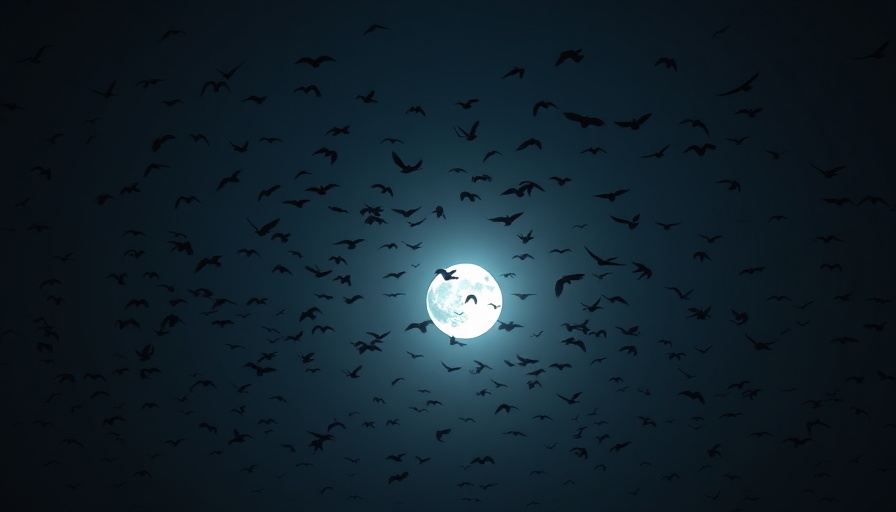
The Mystery Behind Tern Behavior
Imagine a serene breeding colony filled with the sounds of chirping chicks, suddenly plunged into an eerie silence. This is a phenomenon known as 'dreading,' observed in Common Terns, where adult birds abandon their nests, soaring into the sky only to return after a brief respite. This behavior, while perplexing, raises essential questions about the social and instinctual lives of these seabirds.
The Science of Dreading: Why Do Terns Engage in This Behavior?
While many assume that dreading could be a protective response to potential predators, studies reveal that there are often no threats present during these moments. Instead, researchers speculate that this spectacular aerial display might serve different purposes, including breeding synchronization and strengthening social bonds. Some even suggest it might simply be an opportunity for fun!
The Impact of Dreading on the Next Generation
To the untrained eye, dreading might seem trivial in the grand scheme of avian behavior. However, one must consider the implications for tern chicks left momentarily unattended. Young terns rely heavily on their parents for food and protection; brief absences could affect their survival in the bustling colony. Understanding the intricacies of this behavior could lead to better conservation methods for these resilient but vulnerable species.
A Reflection on the Natural World
The act of dreading inspires a deeper reflection on our connection to nature. In a world increasingly estranged from its wild roots, observing such unique avian behaviors reminds us of the joy and complexity present within ecosystems. It encourages us to engage with and celebrate the multifaceted lives of the creatures with whom we share this planet.
In conclusion, the captivating world of terns invites us to explore and appreciate the subtle intricacies of nature. As we continue to learn more about their habits and behaviors, we strengthen our commitment to conservation, ensuring these extraordinary birds thrive for future generations to observe and admire.
 Add Row
Add Row  Add
Add 




Write A Comment